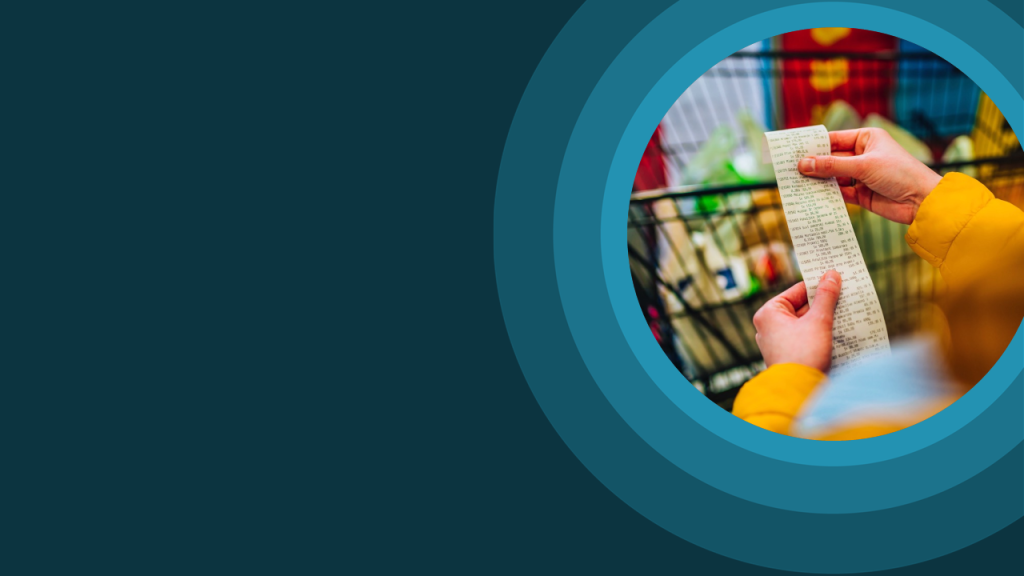The challenges CPG brands face today
NielsenIQ research has shown that brands that maintain focus and continue to adapt in difficult economic times emerge stronger. The COVID-19 pandemic is no exception.
Fragmented consumer demands
One of the most significant challenges brands face as countries emerge from the pandemic at varying rates is how to adapt to fragmented shopper demands.
A business’s ability to achieve immediate, accurate shopper and consumer insights has never been more complex, yet more vital to its ability to appeal to varied needs and desires.
The pandemic has shifted peoples’ needs and priorities on a nearly minute-to-minute basis. Relatedly, two-thirds of global consumers have changed how they shop, according to the NielsenIQ Unlocking Consumption global survey.
In order to respond, businesses have had to vary their in-store merchandising and marketing efforts to appeal to multiple shopper demands before they become obsolete, or consumer demands change.
Our solution for in-the-moment data research? Smart Store: a 2D virtual reality research solution that allows our clients to visualize and research their future-state shelves, aisles, and displays with a focus on both sales and shopper metrics.
Recently, CPG manufacturers have integrated Smart Store for continuous in-store testing to understand and validate shopper drivers, making the shopping experience easier for shoppers to find what they need.
Maintaining relevance in SKU optimization
When the pandemic prompted the first lockdown, shoppers panicked and went into stock-up mode. Certain items, both expected (toilet paper) and unexpected (flour), were suddenly in high demand.
Brands that were not equipped with in-the-moment data to analyze the drivers behind these behaviors were left scrambling to shift production priorities to those items most in demand at the time, and with constant restocks it became challenging for consumers to find what they needed immediately.
This stresses the importance of continuous in-store testing to understand and validate shopper-experience decision-drivers, to enable the best path forward for category growth, before selling to retailers.
The ability to maintain healthy innovation inside of SKU optimization will remain critical to meeting the desires of consumers. Smart Store allows us to track, analyze, and quantify based on location, which has been crucial to managing inventory during the pandemic.
Tips for maintaining competitive advantage post-pandemic
1. Continue to focus on health- and efficacy-centered product innovations
The lockdown has given many of us a greater appreciation for our health and that of our families, and how we spend our time and money on health-related products. There was a 45% increase of people saying they’re eating healthier foods, with 34% stating they’ve shifted their purchasing behavior to aim toward healthier options (NielsenIQ Unlocking Consumption global survey). People are spending more time considering the long-term implications of their choices.
Therefore, there exists a post-pandemic opportunity to focus on health-based products and to continue developing health-focused innovations.
2. Promote healthy and local products
In conjunction with tip 1, consumers are also looking for healthier, higher-quality food options. Households are seeking more produce (19%), and organic (15%), sugar free (12%), and vegetarian (11%) options, to name a few.
Meeting these demands in the messaging, packaging, and placement of your products can help increase revenue, build shopper loyalty, and make you an in-store influencer.
3. Ensure your research covers the breadth of consumer realities
Size is everything. While many consumers entered stock-up mode, buying in bulk at the outset of the pandemic, that mindset has abated. Constrained shoppers will continue looking for deals and promotions to conserve their spending.
Creating smaller and more-affordable pack sizes fills in gaps for shoppers, helps budget-conscious consumers, and maximizes the bottom line. It allows for manufacturers and businesses to offer a diverse array of options for consumers to try new brands, and provides feedback for businesses so they can order according to demand.
After all, 73% of shoppers around the world are cost-conscious, altering their consumption and spending habits.
How Smart Store keeps manufacturers one step ahead
While a reduction in SKUs has made it easier for many brands to manage their inventory cycles, prioritizing innovations that meet consumer needs is paramount.
Using in-the-moment data, the Smart Store testing platform analyzes shopper behavior to quickly find the shelf, aisle, or in-store display theories that will resonate with shoppers where they are today.
The Smart Store platform has provided the following results for manufacturers:
- Cut shopping time while maintaining shopper interaction with high-equity brands
- Improved in-store layouts, making it easier for customers to navigate the store and shelf
- Grew brand and category revenue
As one client stated, “Our partner was so pleased and engaged with the Smart Store results that we now have the opportunity to not only influence merchandising strategy but also implement branded point-of-sale materials in 2021!”
Learn more about how the Smart Store platform works, and how it can revolutionize your go-to-market testing strategy, by clicking here.



